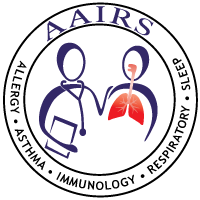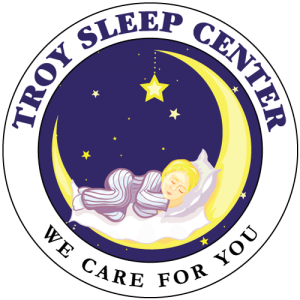As many as 80% of people with obstructive sleep apnea (OSA) are undiagnosed. That means they don’t get the treatment they need to improve their sleep and reduce their risk of serious diseases.
Fortunately, there is a simple diagnostic solution that many people qualify for: home sleep testing. You need to be referred by your primary care physician, a specialist, or your dentist; our office has made is incredibly easy to verify criteria for referral by adding a checklist of symptoms to the referral form. Have your physician contact our office for referral forms that they can fax over to us!
Now, onto the question of need. If you say yes to at least 3 of these 8 questions, you have a high probability of having obstructive sleep apnea.
Answer these 8 questions
Before asking about a sleep test, answer these questions:
- Do you snore loudly (louder than talking or loud enough to be heard through closed doors)?
- Do you often feel tired, fatigued or sleepy during the day?
- Has anyone observed you stop breathing while you sleep?
- Do you have high blood pressure?
- Is your body mass index (BMI) more than 35?
- Are you over age 50?
- Is your neck circumference more than 40 centimeters (15.75 inches)?
- Is your gender male?
If you say yes to at least three of eight questions, you have a high probability of OSA.
How do home sleep tests work?
A “yes” to three of eight questions also means you may be a prime candidate for home sleep testing.
Home testing is a stripped-down version of what occurs in a lab-based sleep test. That may sound appealing to all patients, but home testing is just for people with a high probability of OSA who do not have other sleep disorders, such as restless legs syndrome or insomnia, or medical disorders, such as cardiac arrhythmias or heart failure.
For a home test, typically you will receive education from a sleep technologist first. Then you will receive a home kit with simple instructions for use. Over the course of a night’s sleep, four sensors will measure the airflow through your mouth and nose, movements in your chest wall, your oxygen levels and your heart rate.
If the testing confirms OSA, you’ll be ready to get the treatment you need.




